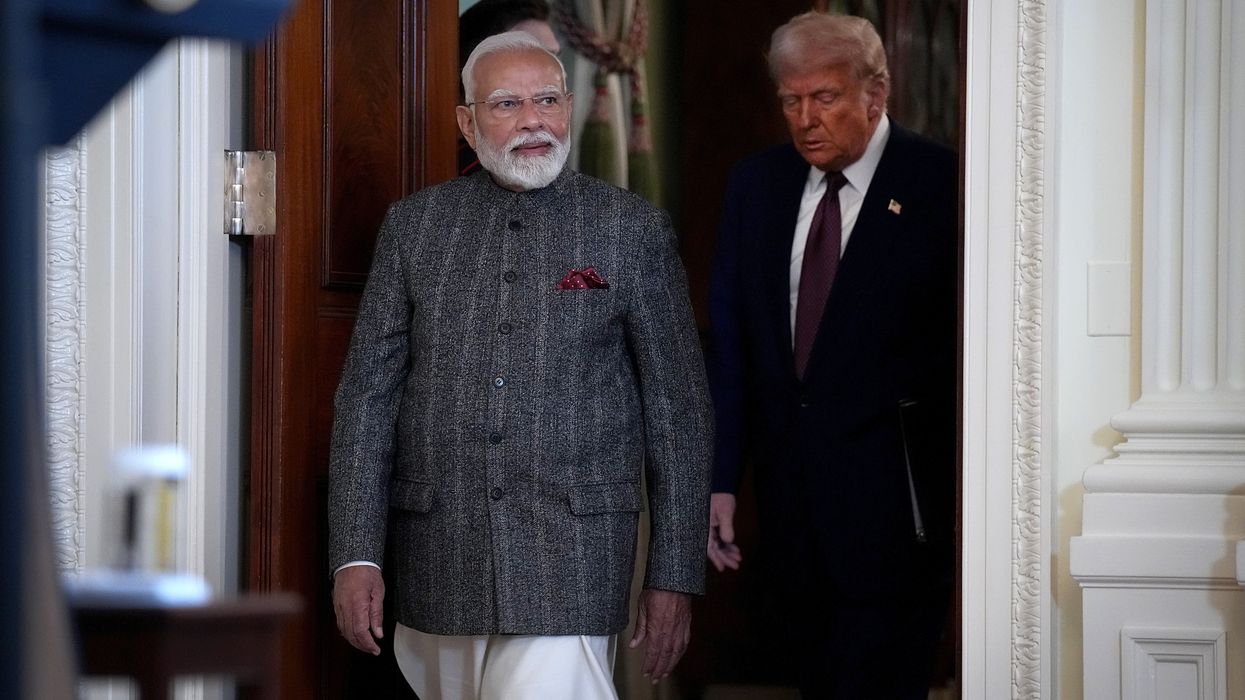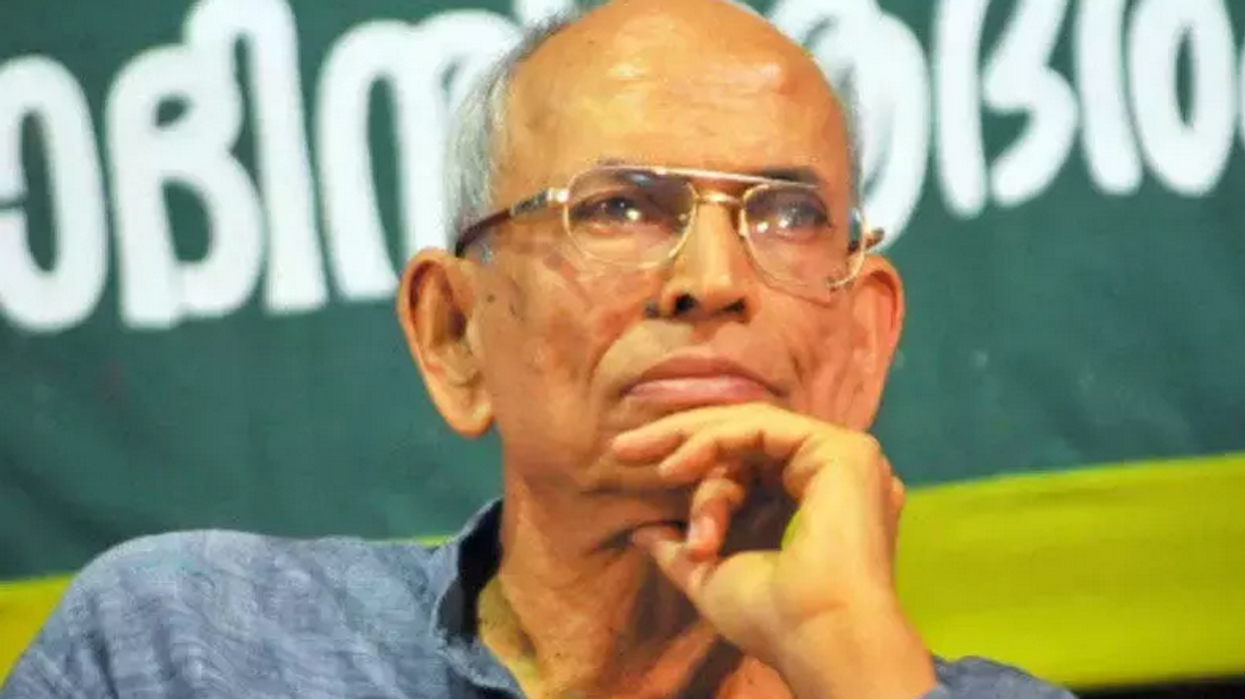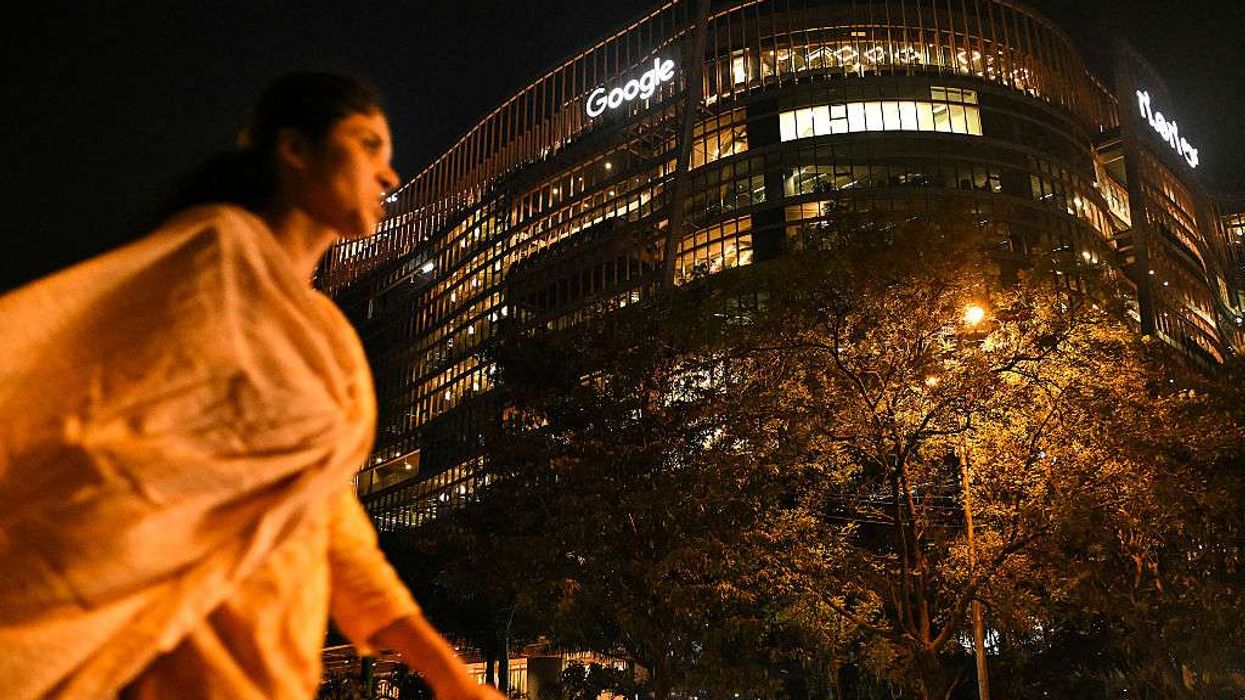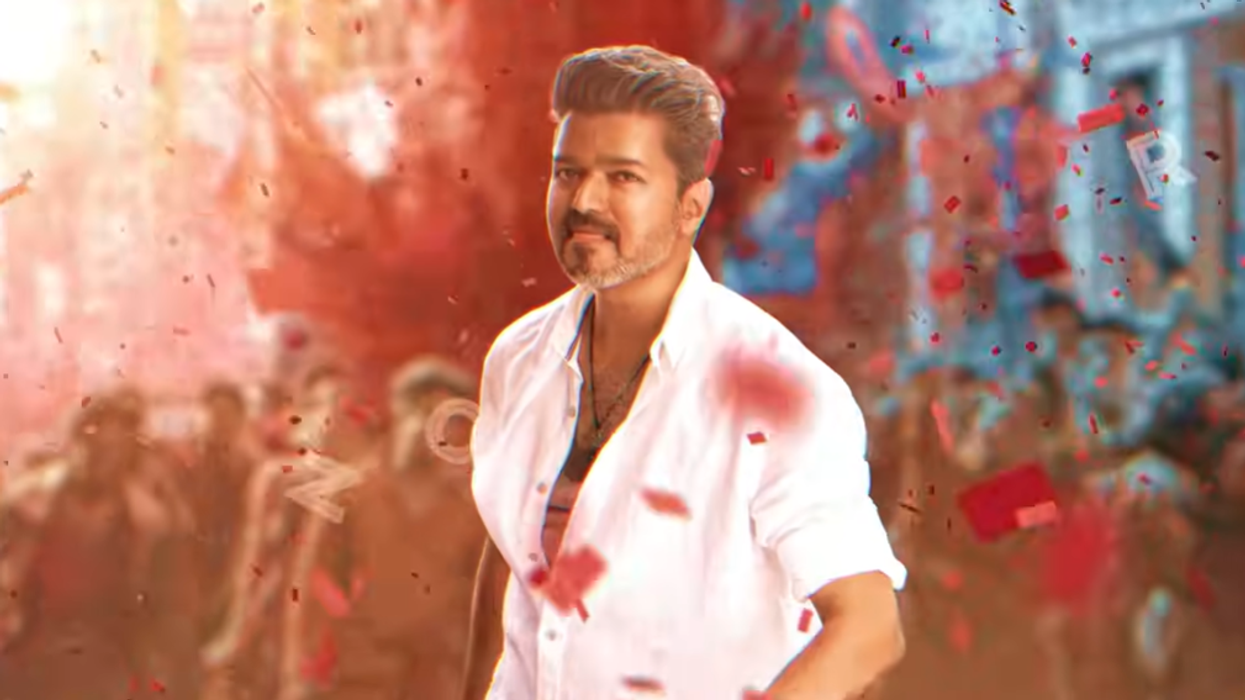by RONNIE RUFF
VARUN AARON Aaron has backed the Rajasthan Royals for success in this month’s IPL – and hopes to hit the wicket-taking heights that will get him a return to the Indian national team.
The 29-year-old Jharkhand fast bowler, who is playing in the Twenty20 spectacular after missing out in 2018, reckons his new franchise has the quality to dethrone defending champs Chennai Super Kings after reaching the knockout stages last time out.
Boasting batting talent including the returning Steve Smith, Ben Stokes, Jos Butter, Ajinkya Rahane and Sanju Samson, expectations are high of a repeat of their sole IPL title, led by Shane Warne, in the inaugural 2008 campaign.
“I am really happy to be back and I’m looking forward to this year’s IPL,” Aaron told Eastern Eye in an exclusive interview last week. “I definitely think that we can win it this time.
“Given the Royals made a comeback (from suspension following a match-fixing scandal) after two years, the team managed to reach the play-offs which was great, so we’ve got a really good chance of going all the way.”
Aaron, now representing his fifth side in the tournament, wasn’t picked up in last year’s auction after suffering numerous injury problems, was snapped up by the Royals in a big money deal.
The man who has featured in nine Test matches and as many ODIs since making his debut in 2011 will fight for a place in the Royals’ starting lineup alongside the likes of Jaydev Unadkat, Dhawal Kulkarni and Jofra Archer. Aaron, though, doesn’t see it like that.
“I don’t look at it as competing for the position, I think we’re one big unit,” he explained. “It is an atmosphere in which you want to keep positive all the time and you want whoever is playing to do well.
“I don’t have personal goals as such, my only goal is to win matches for the Royals. I want
to contribute to the best of my ability for the team and eventually win the cup.
“I don’t think there is a question in anybody’s mind in the team that we can compete. We’ve proved it time after time and I feel we are the favourites going in.”
When Varun first made waves on the Indian circuit, he was quite a commodity, a young quick with express pace, regularly bowling in excess of 90mph. That talent soon led to his first Test call-up against the West Indies in 2011.
Varun has taken 29 international wickets but hasn’t been selected for three-and-a-half years due to a combination of those injuries and a loss of form.
But there is fresh optimism going into 2019 following a return to the India A squad against the England Lions in February.
He said: “Yes, that was great to get back into the scheme of things; it was encouraging. I’ve always been optimistic, injuries happen along the way, but it is all a massive learning
process.
“I feel as if I’ve gained a lot from the good times and the bad. I’m looking forward to getting back and winning games for the Indian side.
“One thing is for sure, whenever I go on the park for any team I represent, I just want to win games. I can do so only by getting wickets and bowling well.”
Getting back in form for Jharkhand has been key to his turnaround, but Aaron also cites a spell with English country side Leicestershire as a real game-changer.
“This is something which I wanted to do, I was mulling it over for a couple of months after
missing the IPL. Spending some time away and just working on my game; I knew I needed it,” he said.
“After a couple of years away from the game, I knew I needed to work on some aspects which I couldn’t. Because then I was with the Indian team and playing IPL and India A continuously. I wasn’t getting that time off to do the work I needed.
“Last year happened by default when I didn’t get picked at the auctions. I was really happy that Leicestershire took me on board. I had a good season with them; I contributed to their first win in 22 County games, which meant a lot to me and the club.”
Aaron continued: “It helped me grow in confidence and transcended into a really good Vijay
Hazare tournament and then a good Ranji Trophy season. Then there was the India A call-up. I just want to carry this form for the rest of my career.”
Aaron will also have one eye on this summer’s World Cup in England and has no doubt who he thinks can lift the trophy. He also tipped a couple of surprise outsiders to follow.
“I’m really confident India’s going to win, not just being an Indian, but with the kind of team we have. I’m very sure we will be a top contender,” he added.
“Our biggest rivals? That’s a tough one because there are four or five teams who are playing good cricket. But I think New Zealand, Australia and a resurgent West Indies team, with Chris Gayle back, will be the dark horses and can create some big upsets.”











